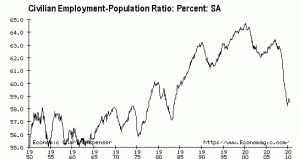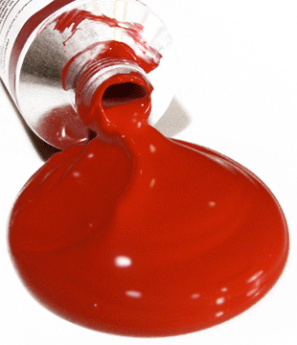Have you ever wondered how to calculate your grade point average? If so, boy have you come to the right blog post.
Here’s what you need to do: Take your Grade in a given course and assign it the number of Points for that grade (e.g., an A is 4 points, A- 3.75 points, B+ 3.25 points, etc).*
Once you’ve taken care of that, multiply the number of Points by the number of Earned Units for that course. So, for example, if you earn an A in a six-unit course, your total quantity of points (Qty Points) would be 4 points for an A times 6 Earned Units = 24.
Now you can add up your total Qty Points and divide by GPA Units and, wah lah, you have your Grade Point Average.
As example, you take four courses in your first term, get a B in Freshman Studies, a B+ in Geology, and an S in Economics because you S/Ued the course, an a B in a one-unit piano performance course. Your grade point average would only include courses with grades and would be calculated thusly:
(3 points x 6 units + 3.25 points x 6 units + 3 points x 1 unit) / 13 units = 3.12
And if you’d like an Excel spreadsheet that does it for you, here it is (email Professor Galambos with comments or questions about the spreadsheet).
* A full list of Grade Points can be found here.
 What would you do, indeed?
What would you do, indeed?

